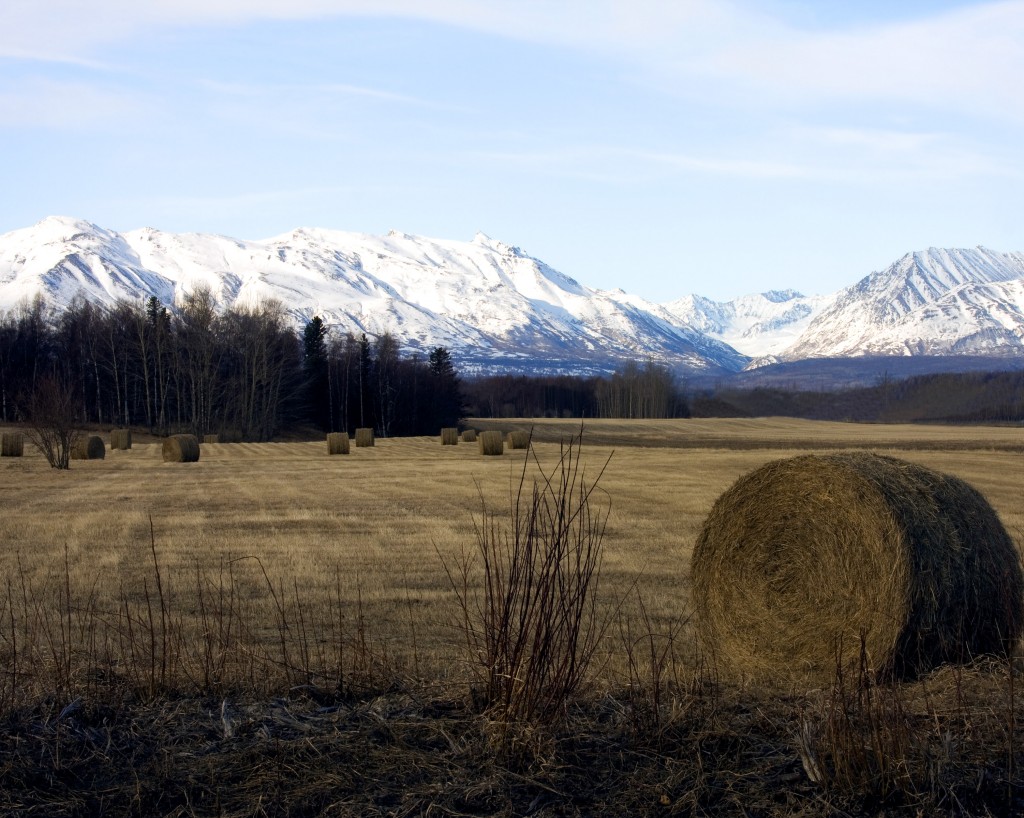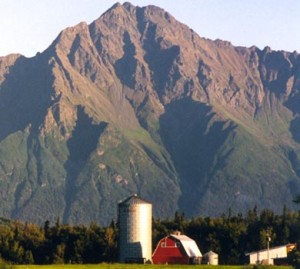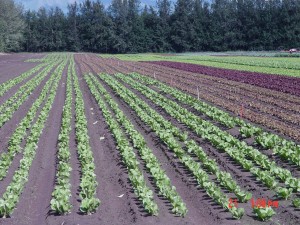
This past September was Hunger Action Month – a month where hunger activists came together to address hunger in communities across the United States. Here in Alaska, food banks and other organizations raised awareness about hunger in our state and collected food to distribute to our community’s food insecure residents.
Hunger and food insecurity take many forms, from not knowing where your next meal is coming from to a diet poor in nutrients. According to recent estimates, around 106,200 Alaskans are considered food insecure, with about 37,640 of those being children. On a broader scale, Alaska’s food security as a state depends on supply chains stretching thousands of miles.

Less than 10% of the food we eat is produced in Alaska and we rely on barges and air transport to bring in the state’s food. Should something like another catastrophic earthquake or a dockworker strike hinder the state’s ability to receive these supplies, Alaska has enough food on its shelves to last a few days, maybe a week.
Alaska has some programs in place to address hunger and food security. Food banks distribute food to our community’s hungry, Farm to School programs provide healthy food to school children, and the state briefly contemplated creating an emergency food storage cache. Alaskan farmers already donate thousands of pounds of food each year to food pantries and soup kitchens and sell produce to thousands more families. Farms can and should play a significant role in addressing both hunger and food security in Alaska, and forging additional partnerships with farmers can help create local solutions to these issues.
A truly sustainable food system addresses both hunger and food security, and farms are the backbone to any food system. Our working landscapes are truly remarkable and boast unique glacial and river soils not found anywhere else in the world. Since the turn of the 20th century, these farms have been husbanded in one of the most extreme climates in the world and our farmers have produced lettuce and potatoes next to brown bears and dominating mountains. Recent years have seen steady growth in the number of small farmers farming a couple acres and a renewed interest in local food. However, our farms are in jeopardy.

On the national level, the United States loses more than one acre of farmland per minute, and between 2002 and 2007 over 4 million acres of agricultural land was converted to non-agricultural uses. Alaska has not been immune to this phenomenon. A drive through the Palmer, Wasilla, or Soldotna will show an increasing amount of development on what used to be productive farmland.
One reason for the conversion of farmland to development is farms are usually located on flat, cleared land near or on the road system. Another factor in the loss of agricultural land is the climbing prices of farmland. Often farmers are unable to afford land to expand or begin a farming operation, leaving only deep-pocketed developers able to purchase this land.
Our farms can help address our state’s food security issues by providing an unparalleled abundance of healthy, fresh, local food, but only if there is farmland available. Every acre of farmland lost is one less acre available to feed Alaskans. Protecting our farmland and ensuring its affordability for farmers is an important step in addressing hunger and food security.
Founded in 2005, Alaska Farmland Trust, Corporation (AFTC) is the only organization in Alaska focused solely on preserving farmland. So far, AFTC has permanently protected 120 acres of important farmland in the Matanuska-Susitna Valley and has explored ways to save valuable farms with dozens of other landowners. AFTC also provides continuing educational opportunities to new and established farmers, promotes local foods, and is working to expand Alaska's food system infrastructure.



